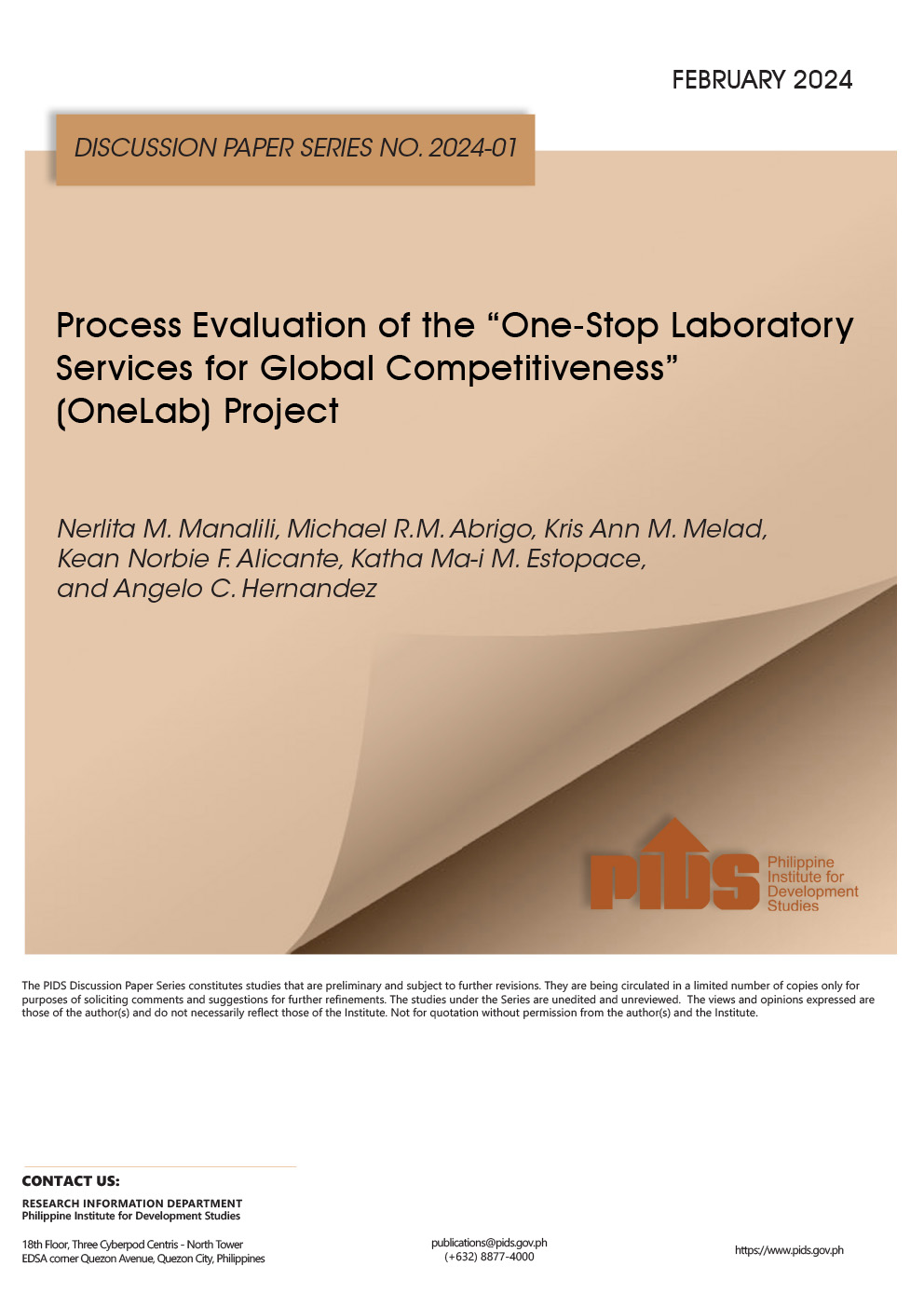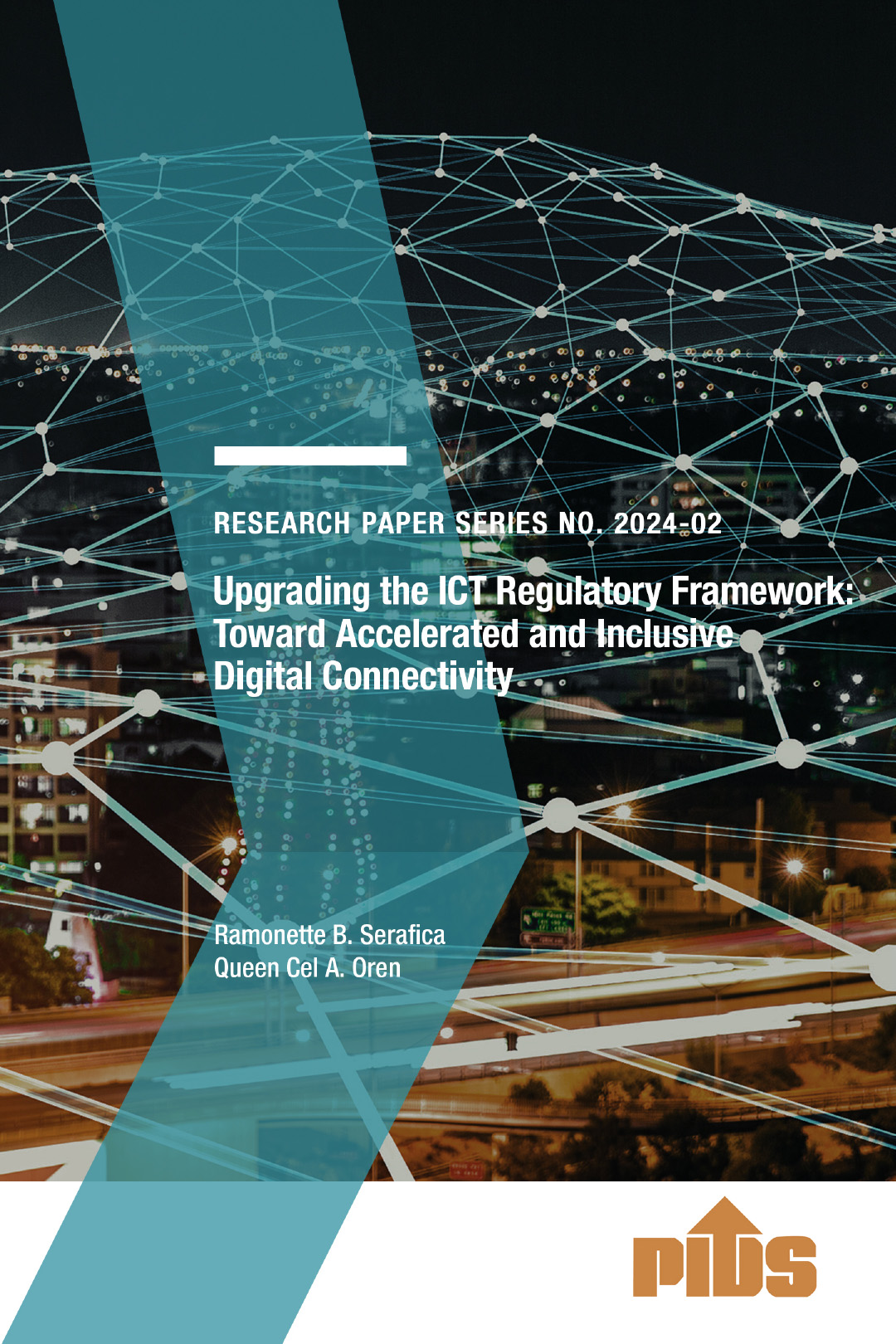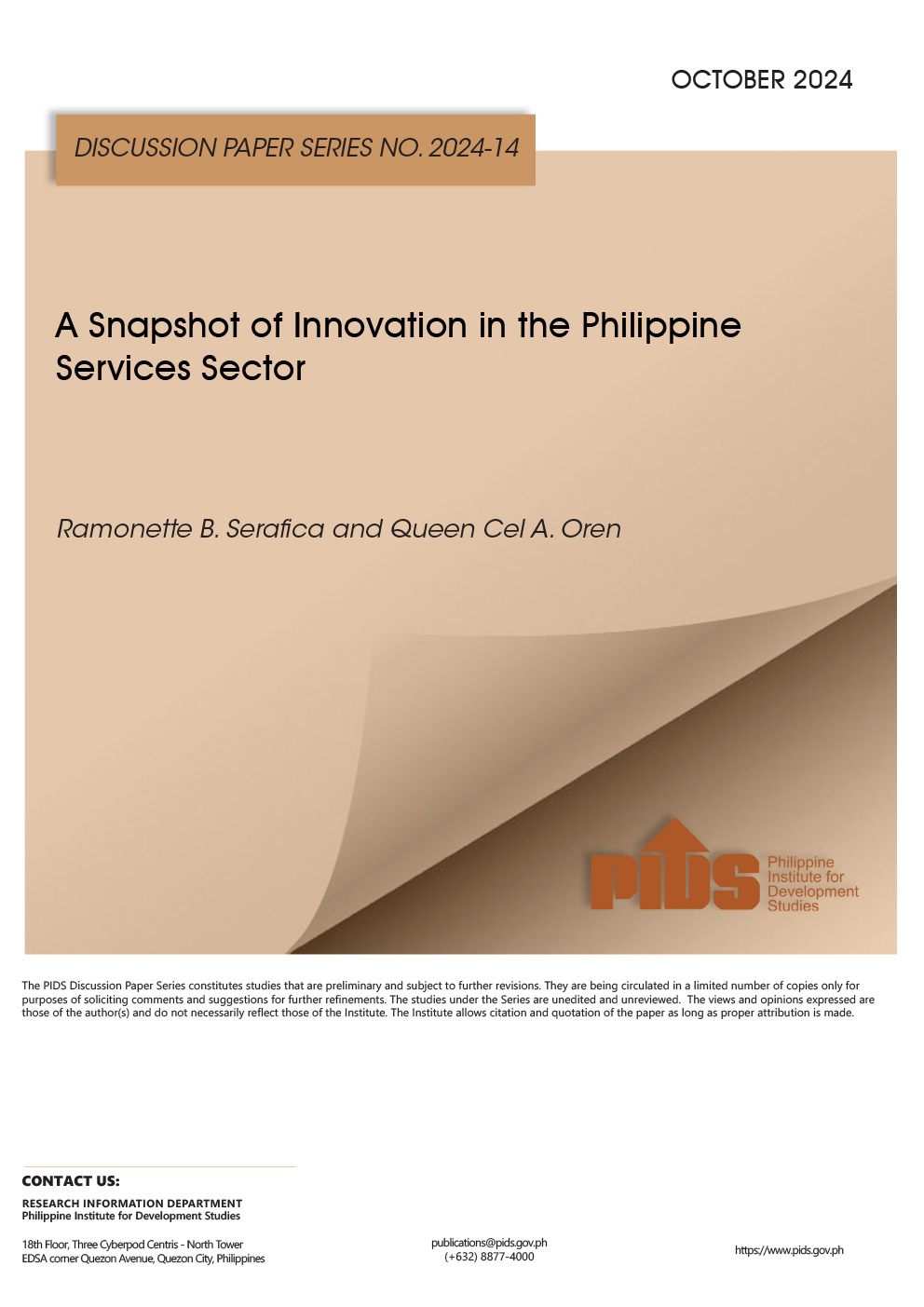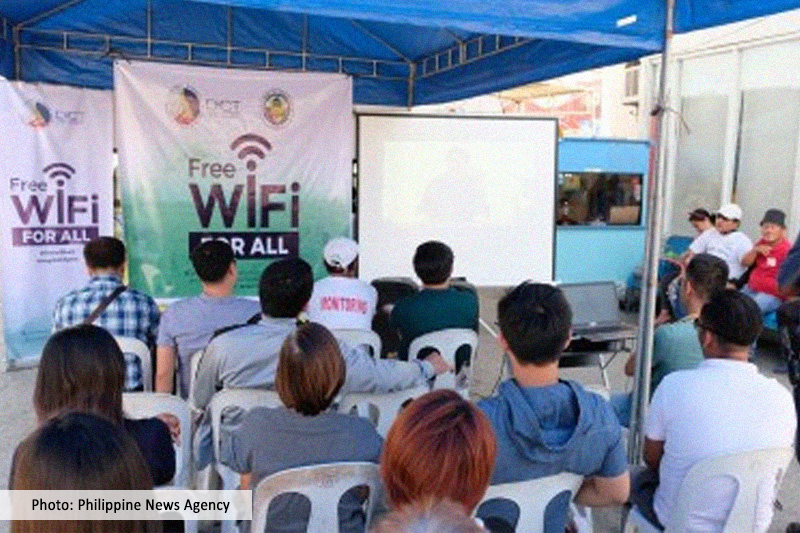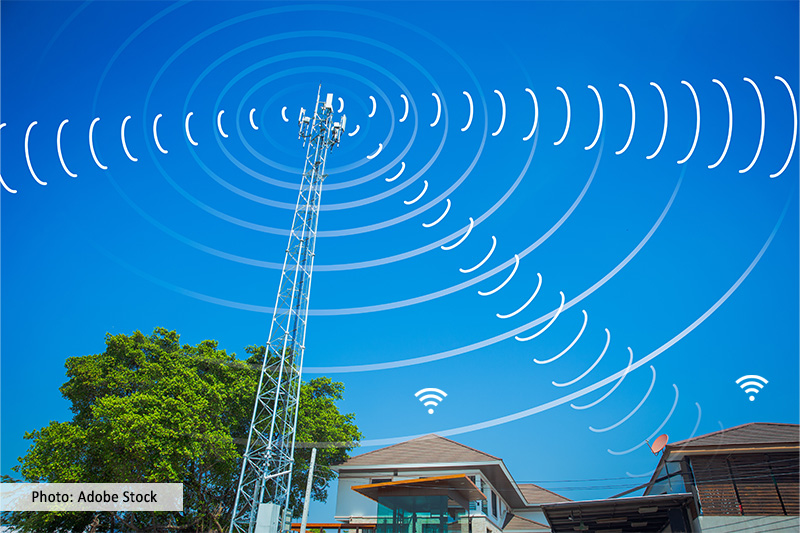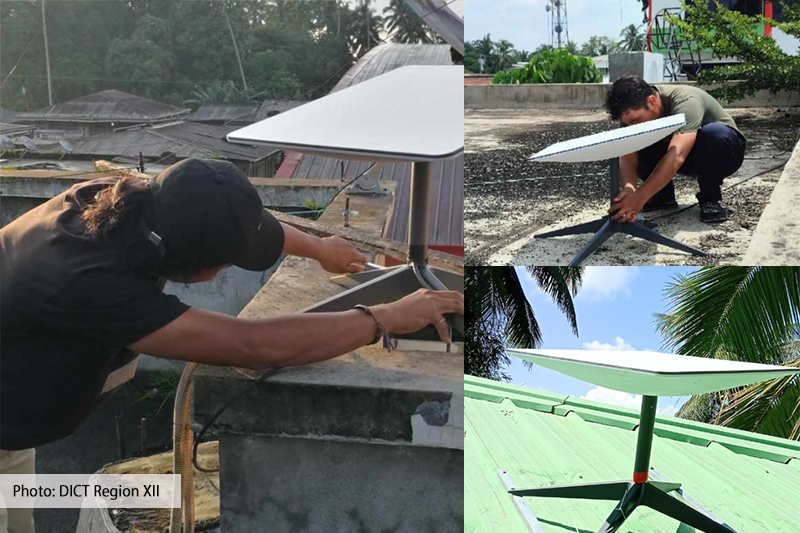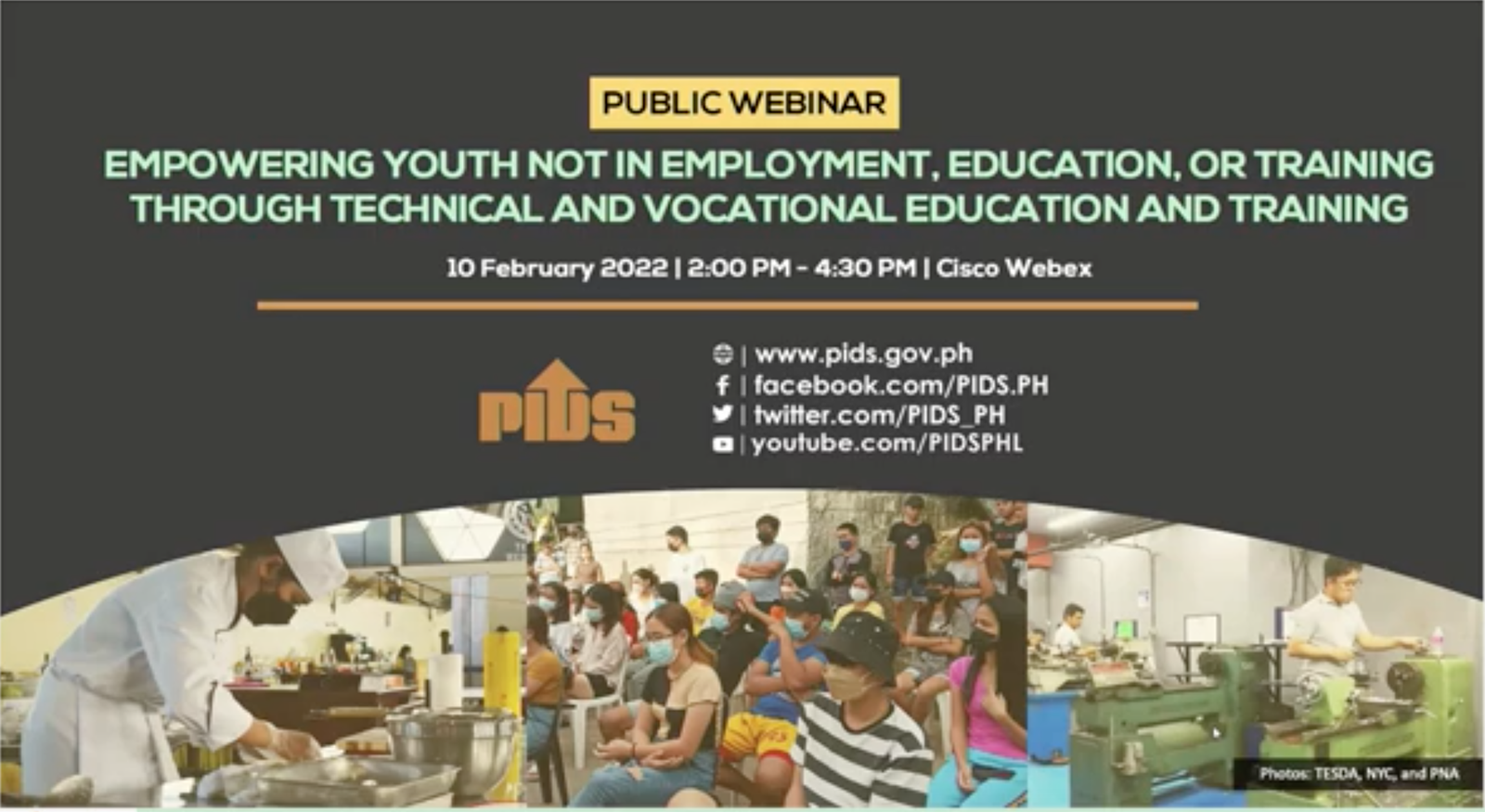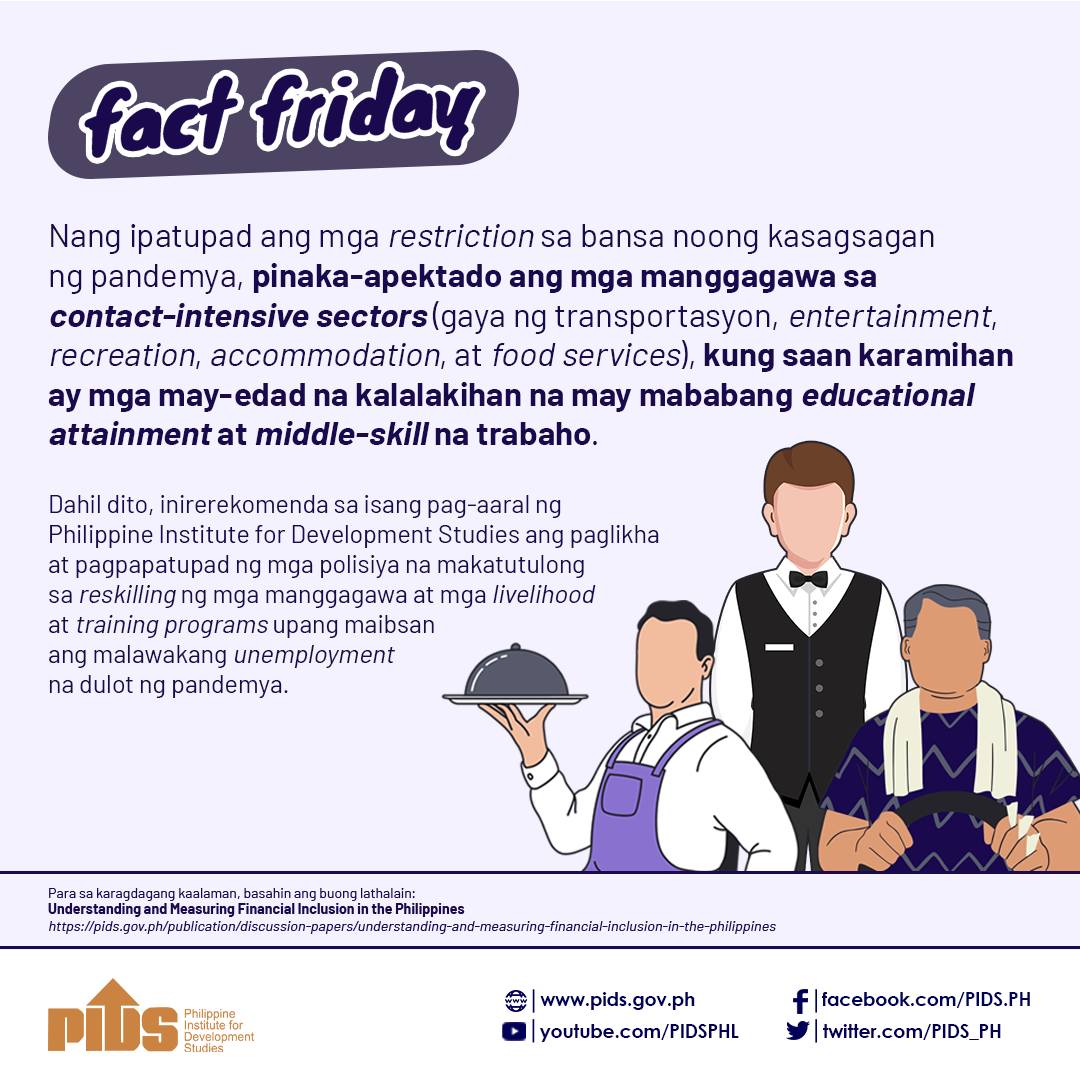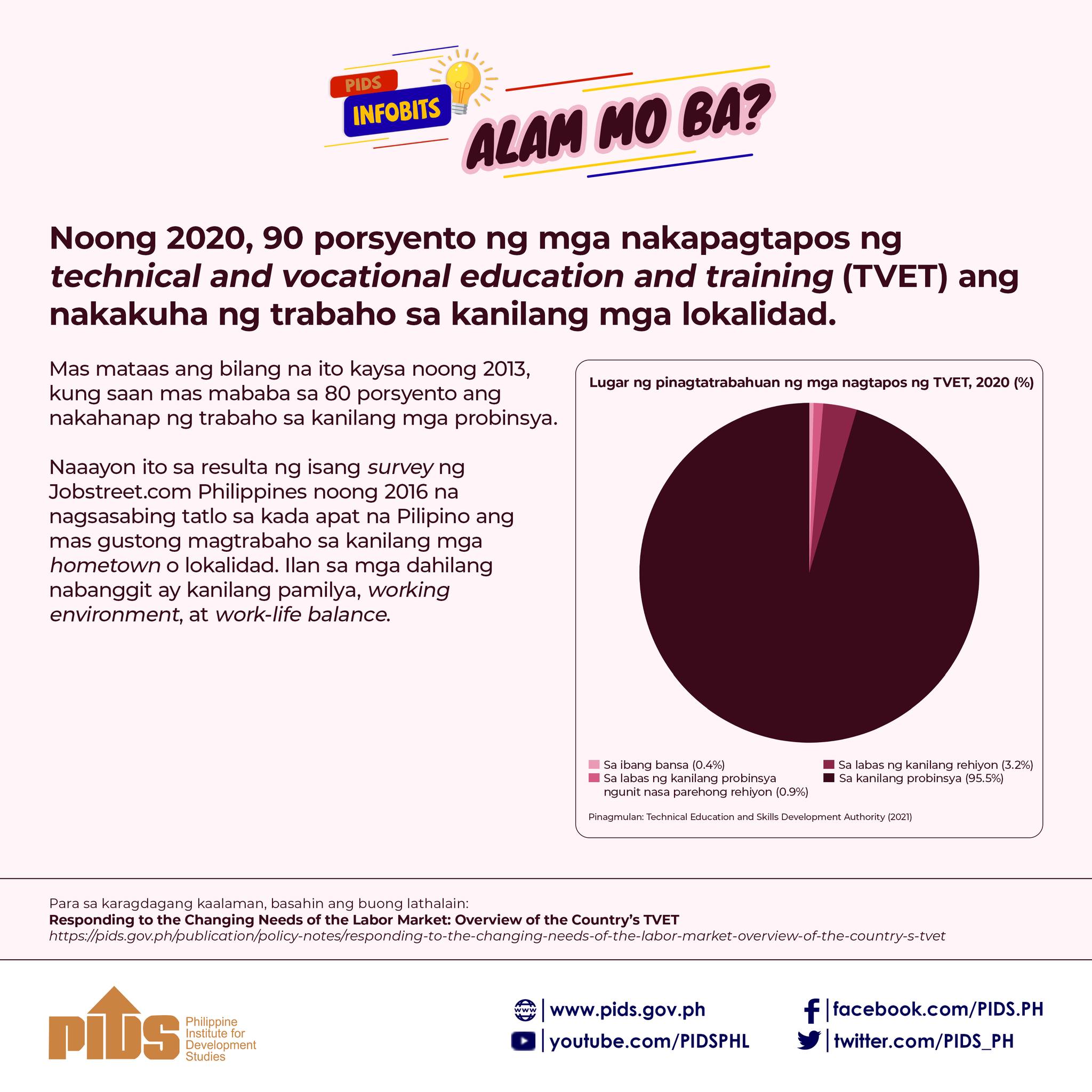
The use of digital technology to provide financial assistance and training to Filipinos proves to be effective. This is according to case studies of the Philippine Institute for Development Studies (PIDS) that looked into the benefits of digitalization in the country.
The studies are focused on the Technical Education and Skills Development Authority (TESDA) Online Program (TOP) and the Center for Agriculture and Rural Development (CARD) Bank’s konek2CARD (k2C). These studies are part of the Regional Inclusive Growth Project known as ‘Diginomics’ funded by the Consumer Unity and Trust Society (CUTS), in partnership with the PIDS. Led by Research Fellow Francis Mark Quimba and Research Analyst Sylwyn Calizo Jr. of PIDS, the objective of the project is to assess the state of digital economy in the Philippines, specifically, the potential benefits and risks that may come along with the digital economy.
Launched by TESDA in 2012, the TOP is the first massive open online courseware in the Philippines. It is an open educational resource that aims to make technical education more accessible to Filipino citizens through the use of information and communications technology (ICT). It caters to students, out-of-school youths, unemployed adults, local and overseas workers, and professionals here and abroad.
As of December 2017, there are more than one million registered TOP users enrolled in its various courses, such as ICT (51%), tourism (20.7%), health (5.4%), and electronics (4.9%). According to data cited by the authors, sixty percent of TOP enrollees are women. About 76.2 percent of online sessions occur in the Philippines whereas 23.8 percent are done overseas. As of May last year, 46.8 of enrollees have already completed the courses they were enrolled in.
Also, a perception survey administered by PIDS to 592 TOP registered users during the first quarter of 2018 showed that convenience (78%) and opportunity to learn at one’s own pace (71%) are the key reasons of respondents in using the online tool. Moreover, 57 percent referred to accessibility and availability of materials as among the benefits of TOPS.
Meanwhile, e-financing is also becoming a trend in the country. Financial institutions such as banks are slowly turning to digital technologies to improve their services and reach more clienteles. An example of this is the CARD Bank’s konek2CARD (k2C), a mobile banking application, which makes use of mobile data (i.e., internet) that allow its members to do real-time financial transactions online. They may also ask the help of agents in doing their transactions using this mobile application. Launched in September 2017, the k2C enables its clients to make deposits, withdrawals, cash payments, balance inquiry, and fund transfer, among other things.
The k2C technology also allows CARD members to become shareholders through the transfer of their compulsory savings to the bank. As of 2017, the CARD Bank has 2.3 million clients nationwide, more than half of which are active borrowers who mostly take up loans on microfinance (72.3%), housing (8.7%), and agriculture.
In a focus group discussion, CARD Bank members shared that the k2C has made their transactions easier, faster, and convenient. They can now do their banking transactions any time of the day at a lower cost and without having to wait at the bank. This is especially true to farmers who usually live in far-flung areas. With k2C, they can now go to the nearest sari-sari store or agent for the service they need.
While both the TOP and the k2C are evidence of effective reach, Quimba and Calizo noted that the digital divide in the Philippines still poses a considerable obstacle to growth. Low computer ownership across households undermines access. Costly and inefficient internet connection services aggravate the situation. Cybersecurity issues are also major risks for the Filipino population, which can lead to online scam, data phishing, hacking, or theft. Also, the lack of awareness puts individuals in vulnerable positions.
To use digital technologies to everyone’s advantage, the authors recommended the review of laws related to the provision of public goods and services, particularly the internet, as well as the implementation of the Philippine Broadband Plan. Quimba and Calizo also stressed the need to establish a strong collaborative working relationship among key actors in the digital economy and to promote the use of ICT through information campaigns. ###

